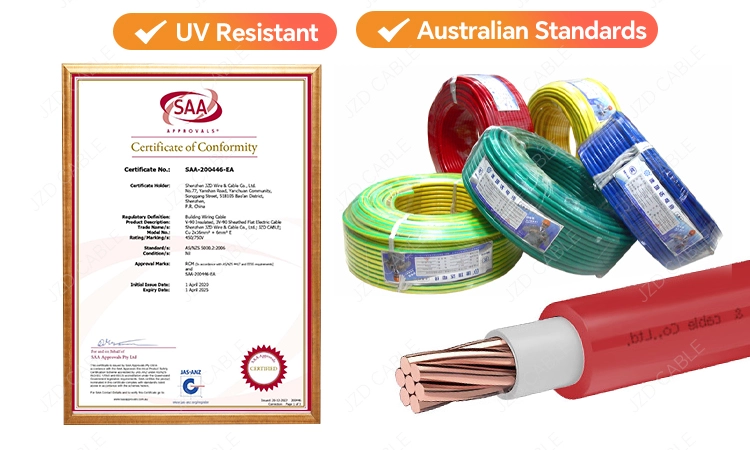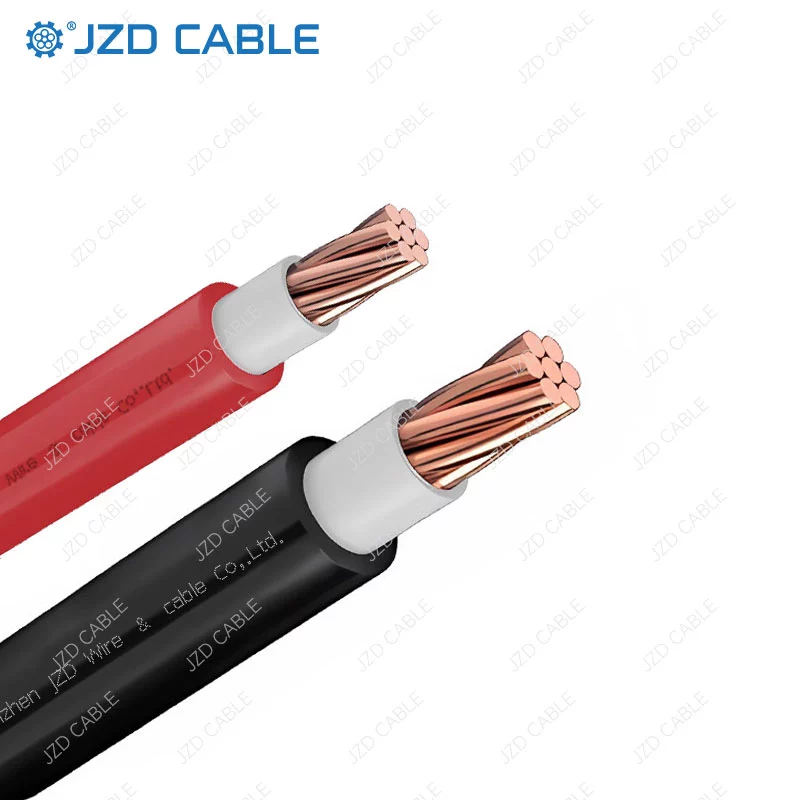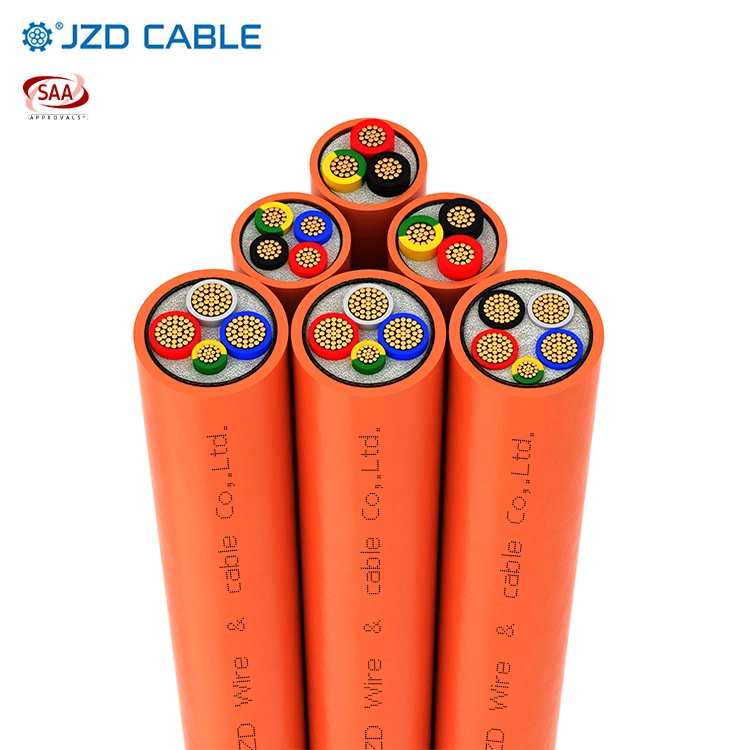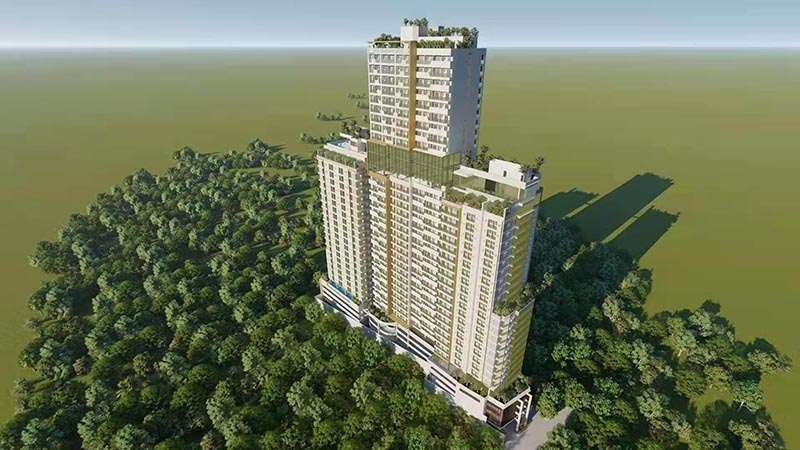What Is SDI Cable?
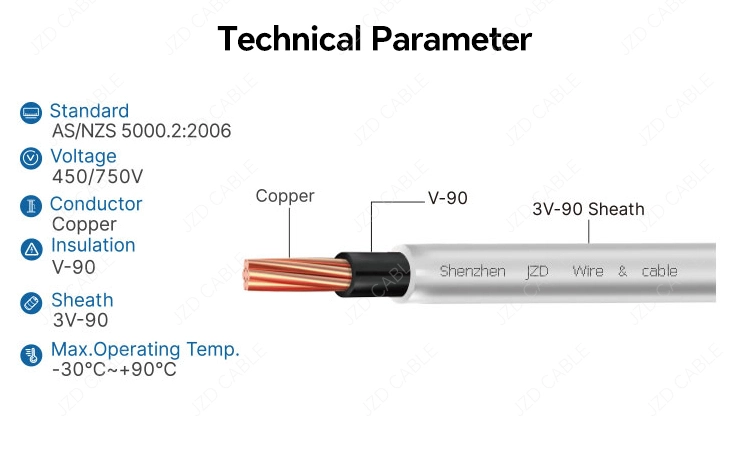
What Is SDI Cable Used For?
-
Power and Lighting Circuits: Ideal for fixed wiring in residential and commercial buildings. -
Fan and Light Installations: Enables separate control of appliances (e.g., fan speed and light switches). -
Air Conditioning Systems: Provides reliable wiring for split systems and heat pumps. -
Industrial Equipment: Suitable for machinery and equipment requiring robust, double-insulated wiring. Its flexibility, ease of installation, and high current-carrying capacity (e.g., 1.0mm² to 16mm² sizes) make it a preferred choice for electricians and contractors across Australia.
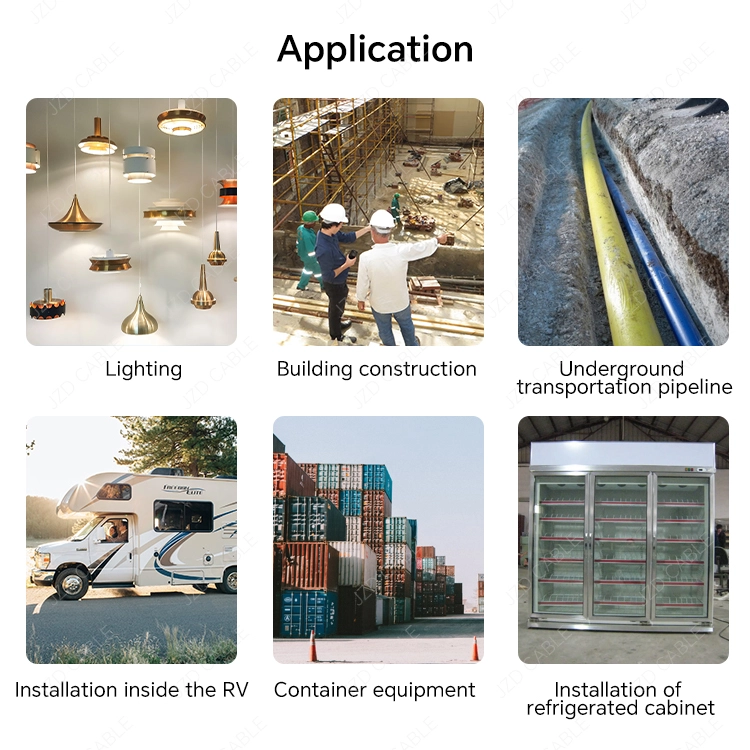
Differences Between SDI Cable and H05VV-F Cable
-
Insulation and Structure: -
SDI Cable features double insulation (inner + outer sheath) for added protection. -
H05VV-F Cable typically has a single PVC insulation layer and is often used for flexible applications like appliance cords.
-
-
Applications: -
SDI Cable is designed for fixed installations (e.g., wiring behind walls, ceilings). -
H05VV-F Cable is used for portable devices, extension leads, and lightweight appliances.
-
-
Current Rating and Durability: -
SDI Cable supports higher current capacities (e.g., 16mm² handles up to 63A) and is more resistant to physical damage. -
H05VV-F Cable is optimized for flexibility but may have lower durability in harsh environments.
-
-
Certification and Standards: -
SDI Cable complies with Australian SAA certification, ensuring suitability for local regulations. -
H05VV-F Cable often follows European standards (e.g., HAR certification) and may require additional verification for use in Australia.
-
Why Choose SAA-Certified SDI Cable?
-
Enhanced Safety: Double insulation reduces risks of short circuits and electrical faults. -
Compliance: Meets Australian Electrical Standards for reliable performance. -
Durability: Resists wear, moisture, and temperature fluctuations.
